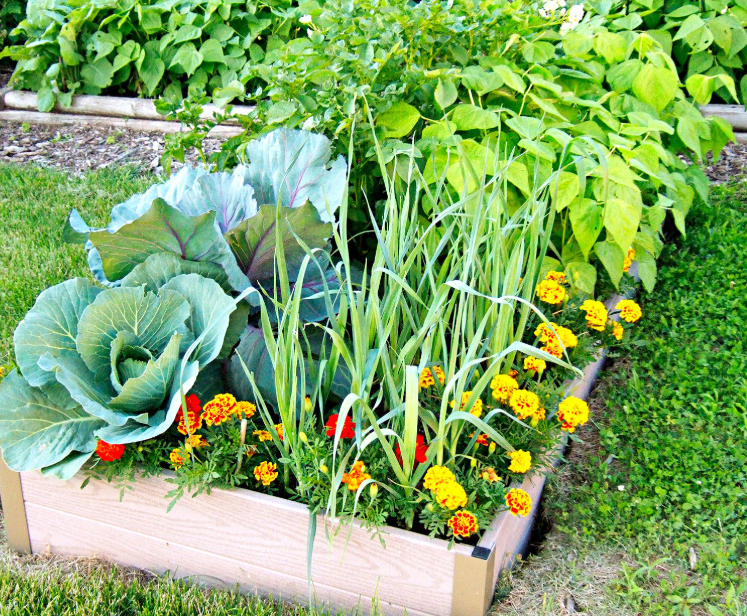When designing a garden, it’s easy to focus on plants and flowers, but hardscaping elements such as pathways, patios, and retaining walls play an equally important role. These structures not only enhance the visual appeal of your garden but also provide functionality, structure, and support. Whether you have a small urban garden or a larger outdoor space, carefully designing these elements can elevate the overall design and create a more usable and enjoyable garden. Here’s how to approach the design of pathways, patios, and retaining walls.
Pathways: Guiding Movement and Adding Interest
Pathways are essential in any garden, helping to guide movement through the space while adding visual interest. When designing a pathway, consider both its practical and aesthetic purposes.
Material Selection: The materials you choose for your pathway can set the tone for the entire garden. For a rustic, natural look, opt for gravel, flagstone, or bark chips. For a more formal or modern aesthetic, consider materials like brick, concrete, or cobblestones. The texture and color of the materials should complement the surrounding garden elements.
Width and Shape: The width of the pathway should accommodate the level of foot traffic it will receive. A narrow path (about 2 to 3 feet wide) is ideal for less-traveled areas or decorative spaces, while wider paths (3 to 5 feet) are better for more frequently used routes. The shape of the path can add character; curved paths create a sense of mystery and flow, while straight paths can bring structure and symmetry to the space.
Transition and Flow: Ensure that your pathways flow smoothly and connect key areas of the garden, such as seating areas, flower beds, and entrances. Adding gentle curves or meandering paths can soften the design and provide visual interest.
Patios: Creating Outdoor Living Spaces
A patio is often the centerpiece of an outdoor living area. It serves as a space for dining, entertaining, or simply relaxing. To design a patio that complements your garden, there are several factors to consider.
Material Choices: The materials you select for your patio should reflect the style and function of the space. Natural stone, such as slate or flagstone, offers an organic, timeless look, while concrete or pavers can provide a more modern or contemporary feel. For a cohesive design, choose materials that blend well with your home’s exterior and the surrounding garden elements.
Size and Shape: Consider how you plan to use the patio when determining its size. For an intimate, cozy setting, a smaller patio (around 10×10 feet) may be perfect, while larger patios (over 20×20 feet) can accommodate larger furniture pieces and more people. The shape of the patio can be square, rectangular, or freeform, depending on the layout of your garden.
Furniture and Features: Include comfortable outdoor furniture that complements the design and size of the patio. Consider adding features like an outdoor kitchen, firepit, or water feature to make the space even more inviting and functional. Incorporating lighting, such as lanterns or string lights, can add ambiance for evening gatherings.
Retaining Walls: Adding Function and Aesthetic Appeal
Retaining walls serve both practical and decorative purposes in garden design. They are used to prevent soil erosion, create terraces on sloped land, and add visual interest to the landscape.
Purpose and Function: The primary function of a retaining wall is to support and hold back soil, especially in gardens with a slope or uneven terrain. A well-designed retaining wall can transform a sloped area into usable flat spaces, ideal for planting, seating, or pathways. When building a retaining wall, ensure it is structurally sound, especially for higher walls that will bear a lot of weight.
Material Selection: Retaining walls come in a variety of materials, including stone, brick, wood, or concrete blocks. Natural stone or stacked stone gives a rustic, earthy feel, while brick or concrete offers a more modern and clean look. Consider the materials used in your other garden features to maintain cohesion in your design.
Design and Integration: A retaining wall should blend seamlessly into the overall garden design. Consider incorporating plants or shrubs along the top or base of the wall to soften its appearance and integrate it into the landscape. Adding decorative features like built-in seating or a water feature within or around the wall can also enhance its aesthetic appeal.
Combining Elements for a Cohesive Design
The key to a successful garden design is ensuring that your pathways, patios, and retaining walls work together harmoniously. To achieve a cohesive look, consider the following tips:
Color Palette: Use similar colors and materials throughout your pathways, patios, and retaining walls to create a sense of unity. For example, if you have a stone retaining wall, consider using stone or natural pavers for the pathway and patio to tie the elements together.
Flow and Function: Ensure that the design of these elements allows for natural flow through your garden. The path should lead smoothly to the patio, and the retaining wall should work with the slope and layout of the space. Thoughtful placement of these elements will create a garden that is both beautiful and functional.

Scale and Proportion: When designing, keep scale and proportion in mind. The size of the retaining wall should be proportional to the area it’s holding back, and the patio should be scaled to accommodate your furniture and desired use.






